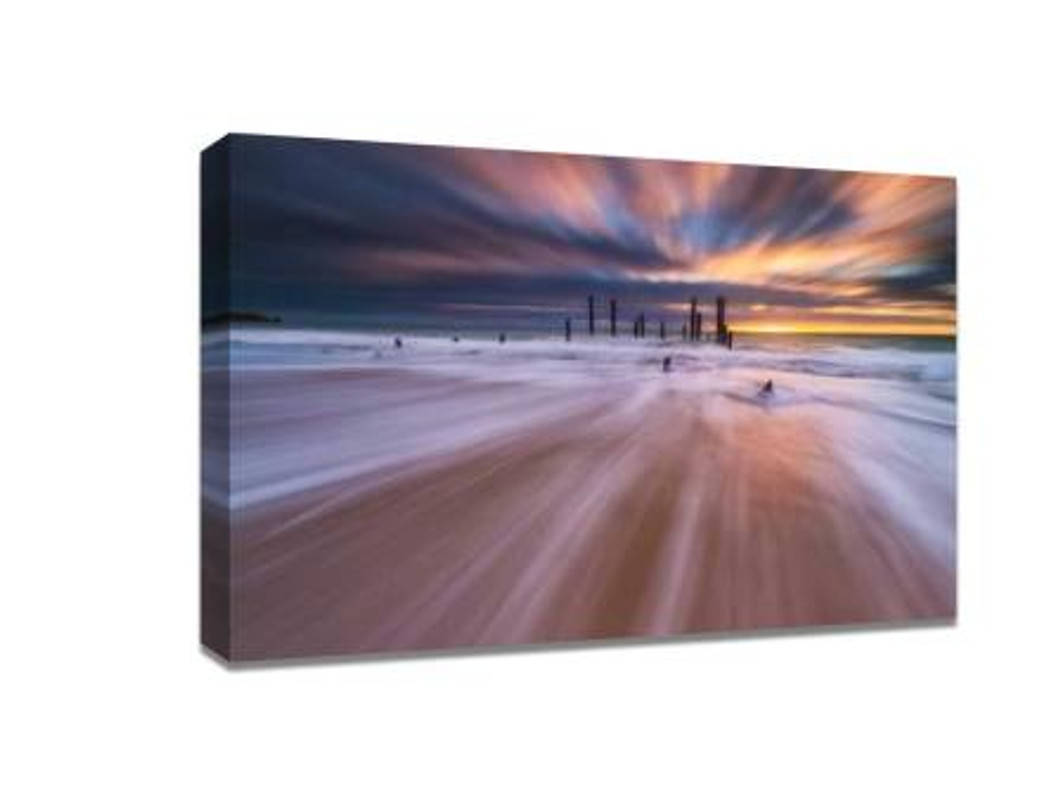Setting the Shutter Speed to Easily Capture Moving Objects
Capturing moving objects in photography can be both challenging and rewarding. Whether you’re photographing fast-moving sports, wildlife in motion, or children at play, mastering shutter speed is key to freezing action or conveying dynamic motion. For photography enthusiasts in Australia, improving your action shots can also translate beautifully into wall art, making canvas prints Australia a perfect way to showcase your favorite images. In this guide, we’ll explore how to set your shutter speed effectively and offer practical tips for getting crisp, professional-quality shots of moving subjects.
Understanding Shutter Speed
Shutter speed refers to the amount of time your camera’s sensor is exposed to light. It is measured in seconds or fractions of a second, such as 1/500s or 2s. Faster shutter speeds (like 1/1000s) freeze motion, making them ideal for capturing athletes in action or birds in flight. Slower shutter speeds (like 1/30s) allow motion blur, which can be used creatively to convey movement or speed.
It’s important to remember that shutter speed works in tandem with aperture and ISO. Increasing shutter speed reduces light intake, so you may need a wider aperture or higher ISO to maintain correct exposure. Understanding this balance is critical for capturing high-quality action shots without overexposing or underexposing your image.
Choosing the Right Shutter Speed
The ideal shutter speed depends on the speed of your subject. For moderately moving objects, like people walking or cyclists, 1/250s to 1/500s often works well. For fast action, such as racing cars or sports events, 1/1000s or faster is recommended. Slow shutter speeds can create a motion blur effect, emphasizing speed and movement, which can be artistically appealing in certain scenarios like waterfalls or night traffic shots.
Techniques to Improve Moving Object Photography
-
Panning: Follow your subject with the camera while using a slightly slower shutter speed, typically between 1/60s and 1/125s. This technique blurs the background while keeping your subject in focus, creating a sense of motion.
-
Burst Mode: Using continuous shooting mode helps capture multiple frames per second. This increases the chances of getting the perfect shot of your moving subject, especially in unpredictable scenarios like wildlife photography.
-
Image Stabilization: Modern cameras and lenses often include stabilization technology. This feature reduces camera shake, allowing you to shoot at slower shutter speeds while maintaining sharpness in your moving subject.
-
Pre-focusing: Anticipate where your subject will be and focus on that spot in advance. This minimizes the lag time in autofocus systems, helping you capture sharper images of fast-moving objects.
Lighting Considerations
Shooting fast-moving objects often requires ample light. In low-light conditions, increasing ISO or using a wider aperture can compensate for the reduced exposure time caused by high shutter speeds. Using external lighting or shooting in well-lit environments will enhance image quality and reduce noise.
Equipment Tips
While shutter speed is essential, pairing it with the right equipment can elevate your results:
-
Lenses with Fast Autofocus: Essential for capturing fast-moving subjects without missing the focus.
-
Tripod or Monopod: Helpful for stabilizing your camera, especially for panning shots or when using longer lenses.
-
High-Performance Camera Body: A camera with rapid shutter response and continuous shooting capability ensures you don’t miss critical action moments.
Post-Processing
After capturing your images, post-processing can refine your results. Adjusting sharpness, contrast, and exposure can enhance clarity and emphasize movement. For artistic purposes, you can even enhance motion blur to create a dynamic effect. High-quality prints of your action shots make excellent decor, and turning them into canvas prints Australia can preserve these moments beautifully in your home or office.
Common Challenges and How to Overcome Them
-
Motion Blur: Occurs when your shutter speed is too slow for the subject’s movement. Solution: increase shutter speed or use panning techniques.
-
Camera Shake: Often happens with handheld shots. Solution: use stabilization, tripods, or increase ISO for faster shutter speeds.
-
Focus Issues: Fast-moving objects may go out of focus. Solution: pre-focus on a point, use continuous autofocus, or select a smaller depth of field for more margin of error.
Conclusion
Mastering shutter speed allows photographers to freeze or artistically blur motion, capturing dynamic images that tell a story. By understanding your camera settings, anticipating action, and practicing techniques like panning and burst mode, you can consistently create stunning images. Once perfected, these images can be transformed into high-quality canvas prints Australia, making your photography a permanent piece of art that captures both motion and emotion.
Recent Posts
-
Five Reasons Large Canvas Prints Are the Ideal Wall Decor for Your Living Room
Creating a warm, stylish, and inviting living room is a goal shared by many homeowners, and choosing …21st Nov 2025 -
Best Christmas Gifts 2025: Thoughtful Photo Gifts That Make Memories Last
Choosing the perfect Christmas gift in 2025 is all about meaning, practicality, and emotional connec …19th Nov 2025 -
How to Get Custom-Looking Canvas Prints at the Cheapest Prices in Australia
When it comes to decorating your home or office with beautiful artwork, canvas prints are a popular …13th Nov 2025
